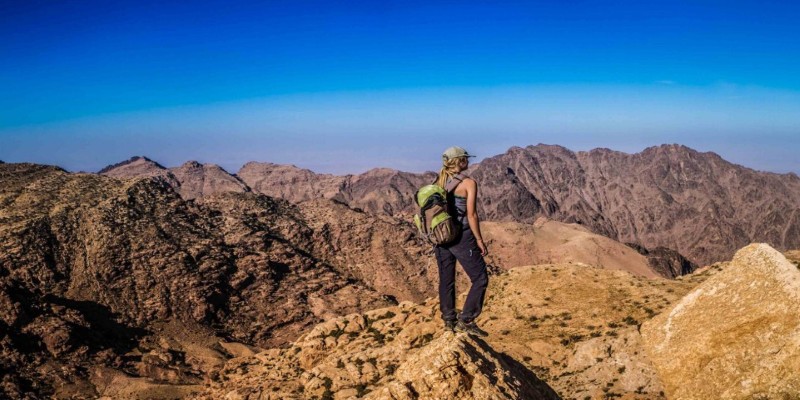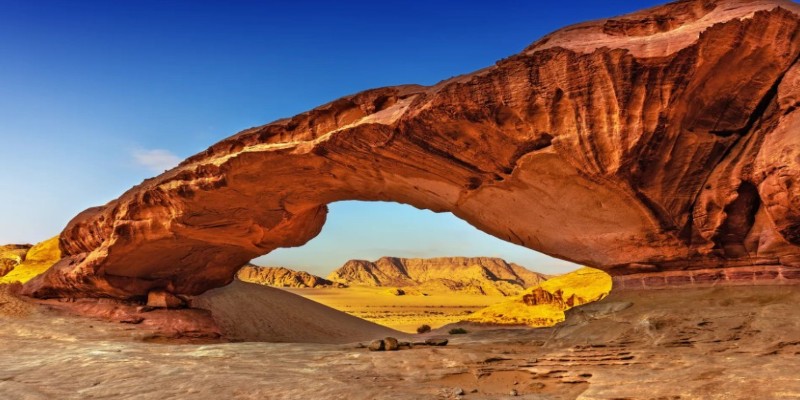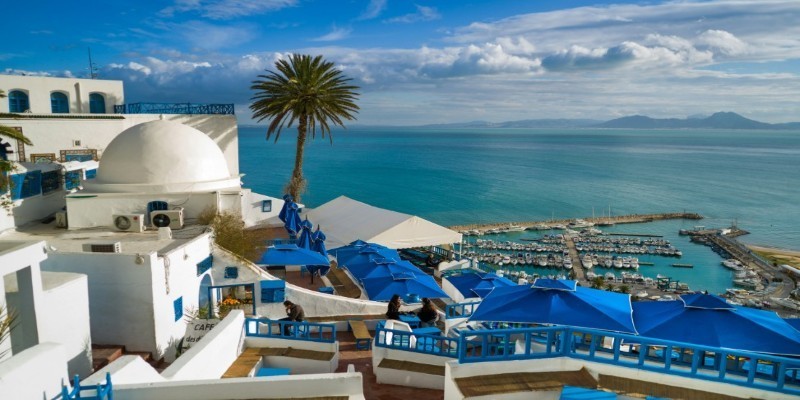The Jordan Trail stretches across the entire country, from Um Qais in the north to Aqaba in the south. It offers a rare kind of journey: one that runs through landscapes, communities, and ancient history. Hikers pass olive groves, Roman ruins, quiet canyons, and villages where life moves slowly. It’s not a casual walk.
This is a route that demands effort and time. But with preparation and the right mindset, it gives something lasting in return. Here’s how to hike the Jordan Trail, a cross-country trek in the Middle East, and make it more than just a long walk.
What Is the Jordan Trail?
The Jordan Trail is a 675-kilometer hiking route from north to south, covering forests, deserts, and everything between. It’s split into eight sections and usually takes around 40 days to finish. The trail runs through 75 towns and villages, offering a close look at daily life in Jordan that few travelers experience. You can walk it in either direction, though most go north to south to ease into tougher terrain.

The trail’s terrain changes constantly. Northern sections are green and hilly. As you head south, it turns dry, rocky, and more remote. From farmland in Ajloun to the desert cliffs near Petra and Wadi Rum, every part feels distinct. Some stretches are well-worn and easy to follow. Others are barely marked, especially in the south, making GPS or a guide helpful.
The trail isn’t built for high foot traffic or mass tourism. You may walk for hours without seeing another hiker. That isolation is part of its appeal. It feels raw and real, with few signs or fences. But it also means preparation matters. Knowing how to read the land and plan ahead is part of the experience.
Planning And Preparation
Choosing the right season matters. Spring (March to May) and fall (September to November) are best. Summer is too hot, and winter can bring heavy rains or flash floods. Spring is known for wildflowers and longer daylight, while fall offers cooler desert nights.
Gear should be lightweight but durable. Bring solid shoes for mixed terrain, a sleeping bag for cool nights, and a reliable tent. Water is a serious concern. In some places, especially in the south, you may need to carry enough for two days. In the north, village shops and guesthouses help with food and resupply.
The Jordan Trail Association provides maps, GPS data, and detailed notes. You can hike independently or with a guide. Some travelers hire support crews to carry gear and prepare meals. Others walk solo with everything on their backs. Both options work depending on your comfort and fitness.
Accommodations vary. In villages, you might stay with families or in simple guesthouses. Elsewhere, you’ll be camping. Bedouin areas may offer tea or a meal if you pass by respectfully. Modest dress, local customs, and asking before taking photos are important along the trail.
Highlights Along the Route
The trail moves through both famous sites and lesser-known areas. One of the most popular segments is Dana to Petra. It’s often hiked on its own and takes about five or six days. You start in the Dana Biosphere Reserve and pass through valleys and ridges before reaching Petra from the back route—far from the crowds.

Arriving in Petra this way feels different. You come in through the Monastery side and walk into the ancient city in near silence. It’s a gradual reveal that matches the slower pace of the journey.
South of Petra, you reach the vast landscapes of Wadi Rum. This part is harder—longer distances between water points, and hotter days. But the scenery is unforgettable. Red sand, towering cliffs, and quiet that stretches for hours.
In the north, Um Qais overlooks the Sea of Galilee. Further down, Ajloun’s pine forests and rolling hills offer a different climate and feel. Each section has its character and rhythm. You move not just across the land but through time and story.
Human encounters are a big part of the journey. People wave from fields, kids walk with you, asking questions, and shopkeepers offer directions or advice. These unscripted moments give the trail its warmth.
Walking The Trail Your Way
Not everyone hikes the full trail. Many choose one section based on their interests or time. Dana to Petra is popular for a reason: it’s compact, scenic, and rich in history. Ras Al-Naqab to Aqaba offers a tougher but striking desert walk. For easier terrain and more village stops, Ajloun to As-Salt in the north is ideal.
You can hike solo, with a group, or hire a local guide. Guides trained by the Jordan Trail Association know the land and often share stories and details that make the journey richer. They also help with navigation, which can be tricky in more remote stretches.
The Association also organizes an annual group thru-hike. It takes around 40 days, covers the entire trail, and includes support for food and logistics. This format is helpful if you want structure and company along the way.
Each part of the trail offers something new—be it landscape, culture, or challenge. Whether you do a short section or commit to the whole route, the Jordan Trail is flexible. You can shape the journey to your pace and interest.
Conclusion
The Jordan Trail is more than just a long-distance hike. It’s a walk through changing geography, living communities, and layers of history. It demands effort and planning but rewards you with quiet views, honest encounters, and time to think. The trail gives a different view of the Middle East—less filtered, more grounded. Whether you finish one part or go the whole way, walking the Jordan Trail stays with you. It's not just about reaching Aqaba or Um Qais. It's about the spaces between and how walking through them lets you see Jordan in a way few other travelers ever do.












